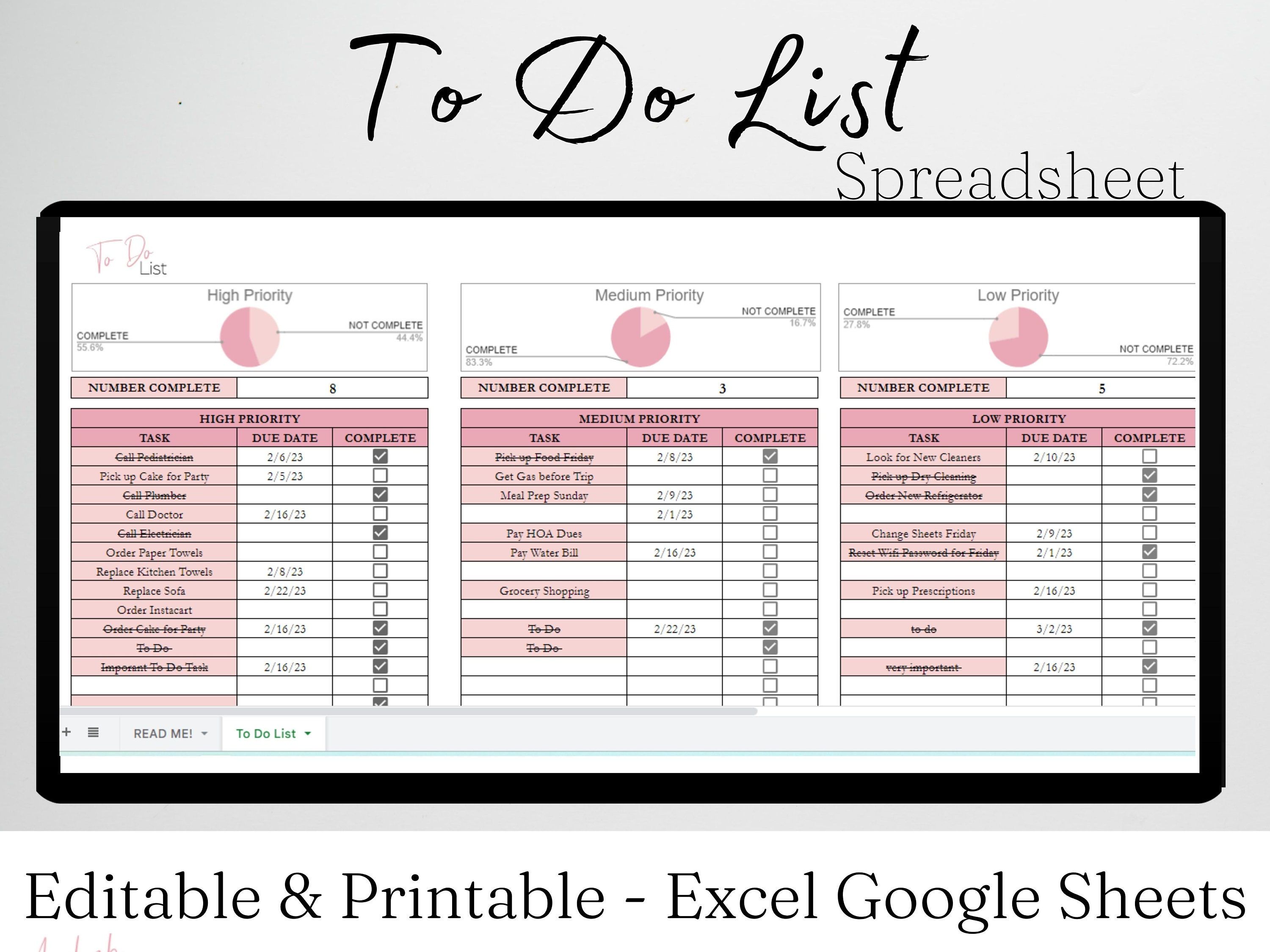5 Ways to Search Sheets in Excel Efficiently

In the world of data analysis, efficiency isn't just a buzzword; it's the cornerstone of productivity. Whether you're a business analyst crunching numbers, a student organizing research data, or an HR professional managing employee records, Excel remains a versatile tool in your arsenal. One of the fundamental skills you need to master is how to search sheets in Excel efficiently. Here, we'll explore five methods to streamline this process, making your Excel experience smoother and quicker.
1. Using Excel’s Built-in Search Function
Excel’s Find and Replace tool is your first line of defense when it comes to searching for specific data. Here’s how to use it:
- Ctrl + F - Opens the Find and Replace dialog box.
- Options - Allows you to customize your search by specifying formats, searching within formulas, or matching case and whole words.
- Use the Find All button to see every instance of your search term across your worksheet or workbook.
🔍 Note: Remember to set your search options correctly to avoid missing any data.
2. Conditional Formatting for Visual Searches

Instead of searching through text, use Excel’s conditional formatting to highlight cells:
- Select the data range.
- Go to Home > Conditional Formatting.
- Choose to highlight cells that match specific criteria, like a value, a text string, or even format rules.
This method is particularly useful for visually identifying data patterns or for when you need to locate specific entries across a large dataset.
3. Advanced Filter for Complex Searches

When your search needs become more complex:
- Use Excel’s Advanced Filter to filter data based on multiple criteria or logical formulas.
- You can even set up a separate criteria range, making your search more organized and reusable.
📌 Note: Advanced Filter requires some setup but can save hours of manual filtering when dealing with large datasets.
4. Using Excel’s VBA for Custom Search Functions

For repetitive searches or specific search needs:
- Create a VBA macro to perform custom searches tailored to your needs. Here’s a simple VBA code to search for a value in a column:
Sub FindValue() Dim findWhat As Variant Dim cell As Range Dim foundCell As RangefindWhat = InputBox("Enter the value to find:", "Find Value") If Not IsEmpty(findWhat) Then Set foundCell = Cells.Find(What:=findWhat, LookIn:=xlValues, LookAt:=xlPart, SearchOrder:=xlByRows) If Not foundCell Is Nothing Then MsgBox "Value found at " & foundCell.Address foundCell.Select Else MsgBox "Value not found." End If End If
End Sub
VBA can automate searches and can be particularly handy for tasks that are repetitive or have unique requirements.
5. Leveraging Excel Tables

Using Excel tables can transform your search experience:
- Convert your data range into an Excel table (Insert > Table).
- Excel tables provide built-in filters, enabling you to search and filter data with ease.
- Structured References in formulas make it easier to manage and analyze data.
🗄 Note: Excel tables automatically adjust to added data, making them ideal for dynamic datasets.
To recap, mastering efficient search techniques in Excel will significantly boost your productivity. Here are the key methods we discussed:
- Utilizing the built-in Find and Replace tool.
- Employing Conditional Formatting for visual searches.
- Setting up Advanced Filters for complex criteria.
- Creating custom VBA search functions.
- Using Excel tables to streamline data management and filtering.
Each method has its unique benefits, and by incorporating these techniques into your workflow, you'll find Excel becomes an even more powerful tool for data analysis and organization.
Can I search across multiple sheets in Excel?

+
Yes, when using the Find and Replace tool, make sure to select “Workbook” under “Within” to search across all sheets. For VBA, you can loop through all sheets to search.
What’s the difference between Excel’s Find and Advanced Filter?

+
Find tool is for simple text or value searches, while Advanced Filter allows for more complex criteria and can filter based on multiple conditions or even formulas.
How does conditional formatting help in searching?

+
Conditional formatting highlights data based on rules, making it visually easier to find specific entries or patterns in your data.